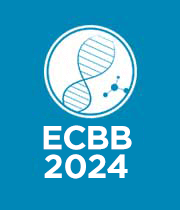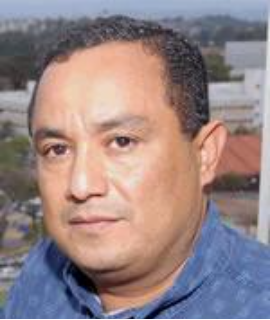Title: Low-cost and Efficient Biobased Material For Removal Of Noble Metals In Gold Tailing Dam
Abstract:
The technological advance of the industry is an important factor in the increase of environmental pollution by industrial effluents, since high amounts of chemical load, metals, toxic and highly dangerous elements are produced. In Brazil, mining in its mineral processing generates numerous tailings dams and mines in operation play an important role, since this activity is responsible for providing mineral resources for technological development and source of economic resources. However, when the mine is closed, there is a high cost for disposing of wastewater to the ideal standards established by legislation.
Thus, the treatment of these effluents must be efficient and continuous, and the treatment methods are commonly divided into "active", which requires the addition of alkaline chemicals to neutralize acidity, or "passive". The term "passive treatment" corresponds to biological, geochemical and gravitational processes. Currently, in the short term, most mines use “active treatment” methods such as: neutralization treatment, purification and recovery of heavy metals, with conventional machines, spent with a large number of chemical products and electric energy.
Among the technologies for the removal of pollutants from industrial effluents, adsorption using biosorbent material has been classified as a low-cost, efficient, and easy-to-implement methodology since they can adsorb metals with high efficiency and being a biodegradable option.
The technological advance of the industry is an important factor in the increase of environmental pollution by industrial effluents, since high amounts of chemical load, metals, toxic and highly dangerous elements are produced. In Brazil, mining in its mineral processing generates numerous tailings dams and mines in operation play an important role, since this activity is responsible for providing mineral resources for technological development and source of economic resources. However, when the mine is closed, there is a high cost for disposing of wastewater to the ideal standards established by legislation.
Thus, the treatment of these effluents must be efficient and continuous, and the treatment methods are commonly divided into "active", which requires the addition of alkaline chemicals to neutralize acidity, or "passive". The term "passive treatment" corresponds to biological, geochemical and gravitational processes. Currently, in the short term, most mines use “active treatment” methods such as: neutralization treatment, purification and recovery of heavy metals, with conventional machines, spent with a large number of chemical products and electric energy.
Among the technologies for the removal of pollutants from industrial effluents, adsorption using biosorbent material has been classified as a low-cost, efficient, and easy-to-implement methodology since they can adsorb metals with high efficiency and being a biodegradable option.
The present technology refers to a method of recovering noble metals, Au (III), Ag (I), Pt (IV) andPd (II), with Bixa Orellana L. were carried out at different contact times, pH and amounts, with analysis by atomic absorption spectroscopy, characterization of seeds by scanning electron microscopy with EDS detector (SEM/EDS) and application of the biosorbent in wastewater from a gold tailings dam. The optimal adsorption of Au (III), Ag (I), Pt (IV) and Pd (II) ions were recorded at pH 2, with the addition of a 0.2 mol/L Na2HPO4 buffer solution and an acid solution citric acid 0.1 mol/L, the adsorbent concentration between 5 and 200mg/L, at room temperature around 25 °C, under agitation at 50 rpm, after 48h of contact
Solid/liquid separation was performed by centrifugation and metal recovery rates calculated. The seeds of Bixa Orellana L. showed a high degree of selectivity for adsorption of Au (III), where a removal percentage of approximately 84.35% was identified in a gold tailings dam. This technological process, with high efficiency, low cost and commercial value could be serve as alternative to treat industrial effluents, such as the mining industry.
Acknowledgments: The authors would like to thank to the Network for the study, development and application of technologies based on sustainable nanomaterials for the recovery of water from the Doce River basin (N°06/2016), sponsored by the entities: FAPEMIG, CNPQ, CAPES, ANA, FAPES and development in Chemistry Department of UFMG.


